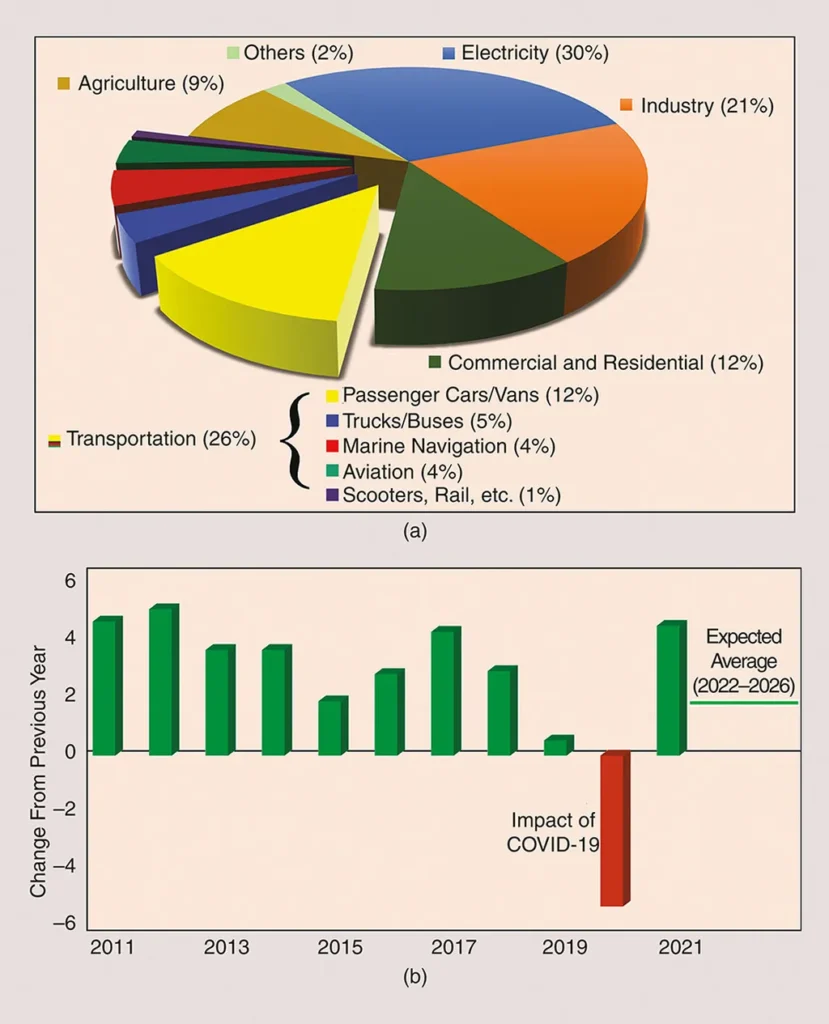In a world where the maritime industry is increasingly under pressure to cut emissions, a groundbreaking study has shed new light on the future of sustainable transportation. Led by Ahmed Hebala from the Arab Academy for Science, Technology and Maritime Transport in Alexandria, Egypt, the research delves into the energy consumption and performance of electric vehicles (EVs) under varying conditions, with significant implications for the maritime sector.
The study, published in the journal ‘Technologies’, compares battery electric vehicles (BEVs), fuel cell electric vehicles (FCEVs), and hybrid electric vehicles (HEVs). Hebala and his team developed a detailed framework to assess these vehicles’ energy performance, considering factors like wind, road gradients, and driving styles. They found that trip conditions significantly impact all three vehicle types, with HEVs emerging as the most efficient and balanced option.
So, what does this mean for the maritime industry? Well, as shipping companies increasingly look to electrify their fleets, understanding the nuances of different EV technologies is crucial. “The results revealed that the range and energy consumption are highly affected by the wind speed and terrain conditions,” Hebala explains. This insight is particularly relevant for maritime operations, where vessels often face challenging weather and sea conditions.
The study also highlights the potential of FCEVs, which offer a promising alternative for long-distance, low-emission driving with less refuelling time. This could be a game-changer for the maritime industry, where range anxiety and lengthy refuelling times are significant barriers to EV adoption.
Moreover, the research underscores the importance of predictive modelling in estimating a vehicle’s performance under unexplored conditions. This could help maritime operators plan more efficient routes, reduce fuel consumption, and lower emissions. As Hebala puts it, “Predictive modelling approaches are utilized to estimate a vehicle’s performance under unexplored conditions,” a tool that could be invaluable in the maritime sector.
The commercial impacts are substantial. Shipping companies could see significant cost savings from reduced fuel consumption and lower emissions. Additionally, the maritime industry could benefit from the development of new technologies and infrastructure to support EV adoption, creating opportunities for innovation and investment.
For maritime professionals, the takeaway is clear: the future of sustainable transportation is electric, and understanding the intricacies of different EV technologies is key to staying ahead of the curve. As the industry continues to evolve, those who embrace these technologies and adapt to changing conditions will be best positioned to succeed.
The study also opens up opportunities for collaboration between the automotive and maritime industries. Sharing knowledge and technologies could accelerate the development of sustainable solutions for both sectors. After all, the challenges they face are not so different: reducing emissions, improving efficiency, and adapting to a changing world.
In the end, the maritime industry’s journey towards sustainability is just beginning. But with pioneering research like Hebala’s, and a willingness to embrace new technologies, the future looks bright. So, let’s set sail for a greener horizon, where innovation and sustainability go hand in hand.

